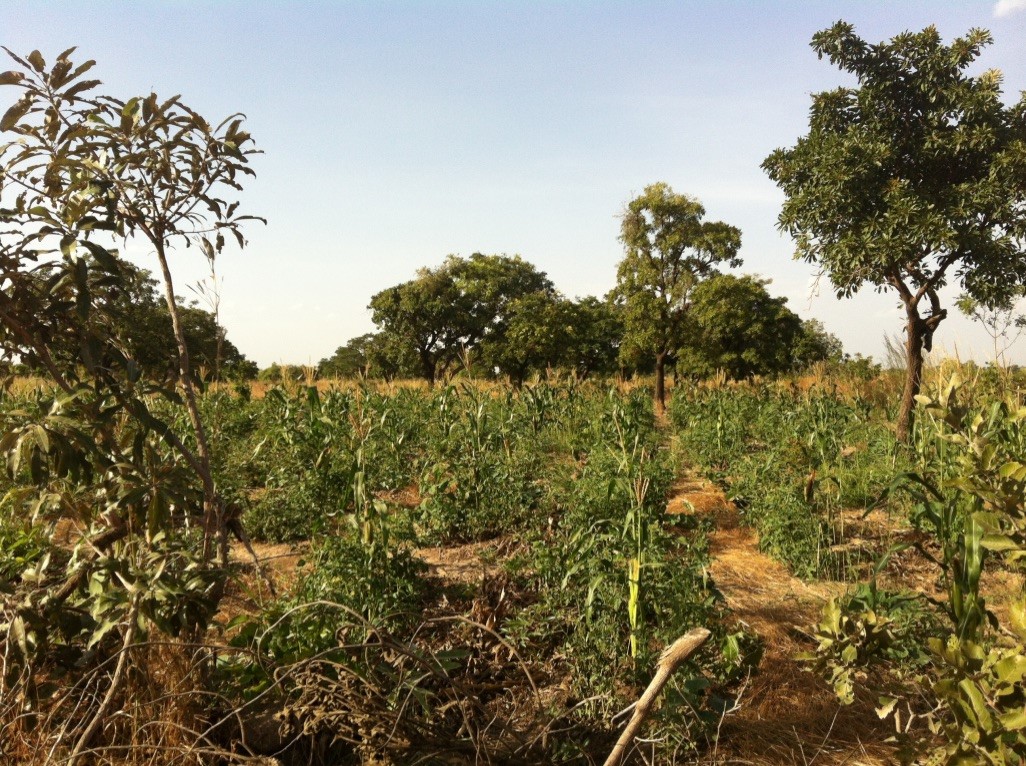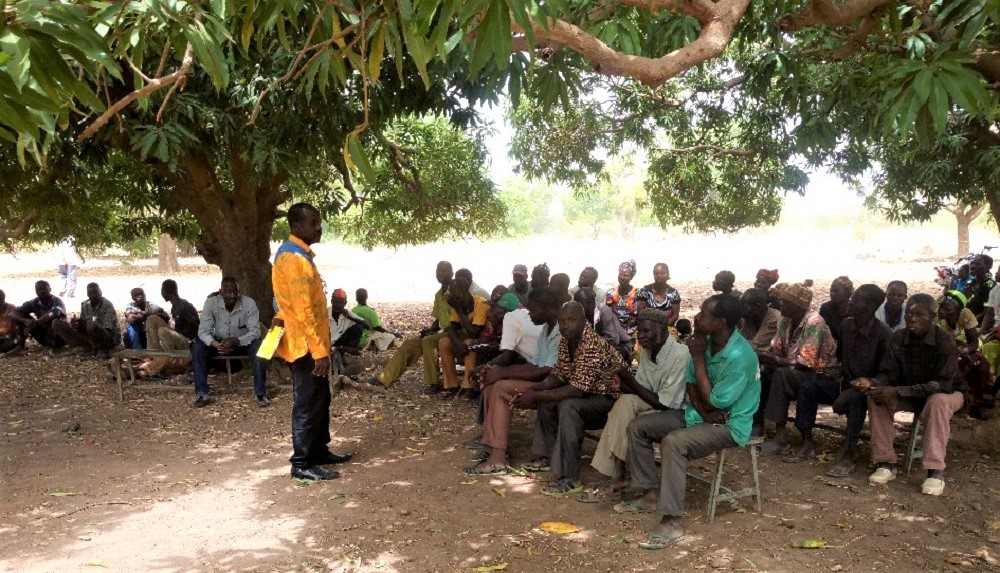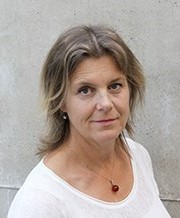Burkina Faso is a small landlocked country in the west of Africa. Most of its people reside in rural areas where they make a living of agriculture and livestock keeping. During the last decade, the country has boosted its economy thanks to its rich resources of gold and cotton - In fact, Burkina Faso is the seventh largest exporter of cotton in the world - but still, 40 percent of its people live way below poverty lines.
Many of the rural poor are food insecure and struggle to access sufficient and nutritious food although around a fourth of the country area is dedicated to farming. Climatic shocks such as dry-spells and floods, as well as armed conflicts and the Covid-19 pandemic have all pushed the country’s food insecurity closer to the limit. Today, some three million people face acute food insecurity and 25 percent of children below the age of five suffer from stunting.
But in the middle of these severe conditions, researchers have found that one part of the food and livelihood puzzle is right among them – parkland management. Parklands are vast agriculture areas where trees and crops are mixed. Not only do they provide the local communities with foods such as cereals, vegetables and leguminous plants, they also, when managed properly, improve soil fertility, conserve biodiversity and help regulate both water and climate.

Parkland in Burkina Faso. Photo: Madelene Ostwald
Dr. Josias Sanou works as senior scientist at INERA (L’Institut de l’Environnement et de Recherches Agricoles) in Burkina Faso and is the leader of the research group within AgriFoSe2030 that are studying parklands. He explains the importance of parklands for the people in Burkina Faso.
"These agroforestry systems have been part of the Burkinabe culture since ancient times and have helped communities through various crises by providing crops, animals and tree products such as shea nuts. The shea nuts are a huge source of revenue for especially women."
Finding the best practices
There is no question about the benefits of healthy parklands, the question is how to manage them. The current management practices are rooted in the use of mineral fertilisers and pesticides and have not changed since the 1960s.
"Those practices have degraded the systems, draining the soils from nutrients and reducing the health and food security of the local people", said Josias.
During AgriFoSe2030 phase I, Josias and his colleague Dr. Hugues Bazié, lecturer at L’Université Joseph KI-ZERBO, tested different management practices at different sites in Burkina Faso to find ways to restore the systems and revive their ability to provide for their communities.
But restoring parklands takes time. They cover large areas and concerns entire communities, which means that many need to be on board to get it right. The team has therefore introduced and organised multistakeholder dialogues for parkland management – so called innovative platforms. The innovative platforms build on engagement and the exchange of ideas between different groups to learn new and sustainable practices that can be used with ease by the communities for a long time.
"The innovative platforms have changed the way stakeholders talk to eachother. They have provided a space where development services can communicate with farmers while farmers easily can talk to ministry agents about specific problems they are facing in the parklands", said Josias.
Bringing people together for parkland management
The platforms have been well received by all participants, and the research team have dedicated much effort to spread the word. The team is also making sure that community members, farmers, local chiefs, development agents, ministry officials, researchers and non-governmental organisations know about the platforms and set time aside to participate in them. The team has even been interviewed in the local radio to broadcast their messages.

Innovative platforms meeting. Photo: Cyrille V. Sanou
When knowledge and experience from people with different backgrounds are put in the same blender, the outcomes are often more resilient than what one source of knowledge could generate.
"Since we started the innovative platforms, the practices have become more sensitised to changing circumstances and more adapted to different sites than the repressive practices that were used before", said Josias.
During phase II of the AgriFoSe2030 programme, the team will continue developing the innovative platforms and implement better and more sustainable practices to restore the parklands. The innovative platforms are now well underway to be ready with test practices for the cropping season that starts in June 2022. The discussions and trainings focus on practices that enhance productivity and other ecosystem services, and how each component of the parklands can improve the production of the others.
"When the test period is over, the innovative platforms will more closely involve local decision-makers to advocate for integrating sustainable parkland management in their development plans", Josias concluded.
Written by: Linda Hansson, assistant challenge leader Challenge 2



